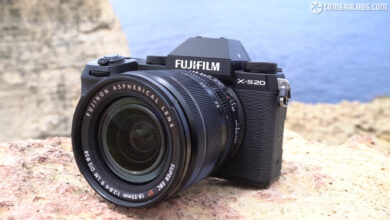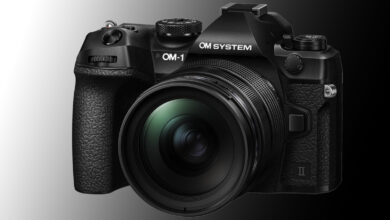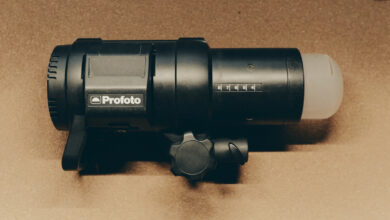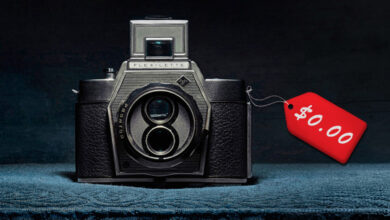Leaving the DSLR Behind for This
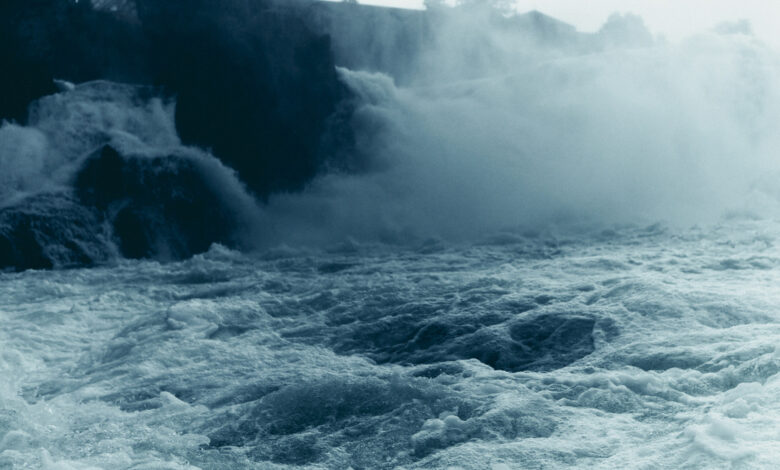
As a professional photographer, I have a love-hate relationship with cameras. I love them because they enable me to pursue my passion, but I also find them frustrating at times. However, amid this complex relationship, I’ve managed to discover one camera that embodies everything I love about photography while sparing me from the aspects I dislike.
For a camera to earn the privilege of accompanying me everywhere I go, it must meet certain criteria. It should be portable, lightweight, and compact enough to fit comfortably in my pocket. It should also be easy to handle for extended periods. These requirements seem to align with those of a typical point-and-shoot camera, but there’s a twist: my camera isn’t a traditional one, it’s my smartphone.
My smartphone is the only camera I carry with me at all times, and I use it extensively for photography. It serves as the ideal tool for casual photography and even handles some professional tasks admirably. Phones have evolved to the point where they can genuinely compete with dedicated cameras for everyday photography needs. Even as someone who appreciates the charm of point-and-shoot film cameras, I’ve learned to achieve similar results using my phone. In this article, I want to shed light on why you should not underestimate your phone’s camera when engaging in casual photography.
Size and Portability
Most modern phones boast a form factor and weight that make them comfortable to carry around and use for extended periods. Think about the last time you made a call or sent a few text messages: your phone is something you always have with you and regularly use. This convenience has been the norm for the past two decades, and over time, phones have become smaller and more lightweight. Do you remember Apple’s “Shot on iPhone” campaign? While the campaign’s images may not have been groundbreaking in terms of quality, they made a compelling point: your smartphone can effectively replace a camera for trips and leisure activities.
As an iPhone 14 Pro user, I must admit that my device is somewhat heavy and bulky. You’d be justified in teasing me about this, and you could probably list cameras that are marginally larger and heavier but offer superior performance. However, it’s essential not to underestimate the capabilities of smartphones. They are unmatched in terms of portability and functionality. With the emphasis placed on smartphone cameras by companies like Apple, as well as other manufacturers, the features and image quality you can achieve with a phone are genuinely impressive. This leads me to my next point.
Image Quality
You might argue that phone image quality is mediocre at best, but I beg to differ. While ultra-wide and telephoto smartphone cameras may lack some detail and dynamic range, the primary wide camera often excels. This wide camera is ideal for casual photography, offering a fixed focal length, excellent low-light performance, and numerous features to leverage its capabilities. Moreover, most phones support shooting in raw format, which captures more image detail and provides the flexibility to post-process your images using apps like Lightroom and Capture One Mobile.
Admittedly, phone image quality cannot rival that of a full frame sensor from 2010, but it’s important to consider the intended use. Most likely, you won’t be sending your smartphone photos to high-end printing companies for museum exhibitions. On the other hand, I wouldn’t describe smartphone images as poor quality. While I’m not a pixel-peeper, I can discern that images captured with the latest smartphones look fantastic on social media and screens. Qualitatively, the iPhone camera is an excellent choice for those of us willing to trade a few stops of dynamic range for a few pounds less in our bags. With the introduction of larger sensors in the iPhone 14 and 15 models, we can only expect further improvements from this point. These enhancements involve both software and hardware, making new smartphones exceptional photography tools.
I often advise my beginner photography students to use their phones before investing in a dedicated camera. More often than not, the differences in image quality are overshadowed by the ease of use and accessibility offered by smartphones. However, there are situations where dedicated cameras still hold an advantage.
When Do Dedicated Cameras Have an Edge?
To be clear, I don’t use my iPhone for professional work. While it would be intriguing to conduct an entire photoshoot with a smartphone and include it in my portfolio, current technology limitations prevent this. Factors like sensor size and lens availability restrict the capabilities of smartphone cameras in more serious photography scenarios. For my professional work, I rely on a 2016 Canon 5Ds, a DSLR known for its exceptional sensor and color rendition. Shooting with this camera feels almost akin to using a medium format camera, offering unmatched image quality.
Ultimately, medium format cameras reign supreme for capturing the most information from any scene, despite their slower operation and high cost. I’ll admit that one of the things I really want to upgrade to in 2024 is a medium format system to capture even more detailed and lifelike images. While I have found ways to make my 5Ds look medium-format, the feeling of shooting with a Phase One is unmatched by any other system.
Below, you can see some casual photography with the Canon 5Ds that I’ve done at the Rheine river waterfalls in Switzerland. A phone would capture most of the information, but I would not be able to get nearly as much editing freedom as with a camera. Then again, I love to edit my images, and I hate bringing a dedicated camera to any leisure activity, so I would probably make do with the DNG files from the iPhone. 

Closing Thoughts
Indeed, my phone’s camera is the one I never leave home without, not just because I love shooting with it, but also because in today’s world, you can’t leave home without a phone. Phone photography is often underrated, yet it’s equally important. In fact, some of my creative inspiration is drawn from phone photography. I often encounter novel structures and ideas captured in my amateur phone shots, and these images frequently find their way into my mood boards and become photographic concepts.
Now, I’m curious: what is the camera you always have with you? Please share your thoughts in the comments below!

